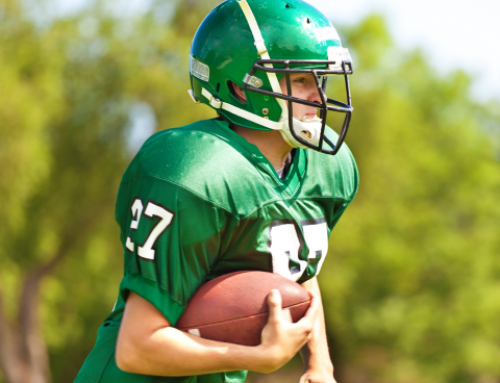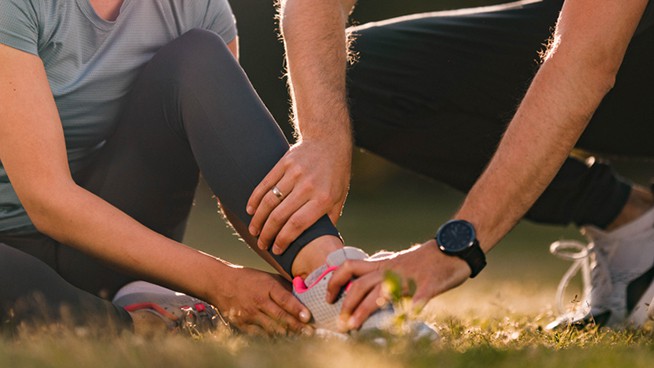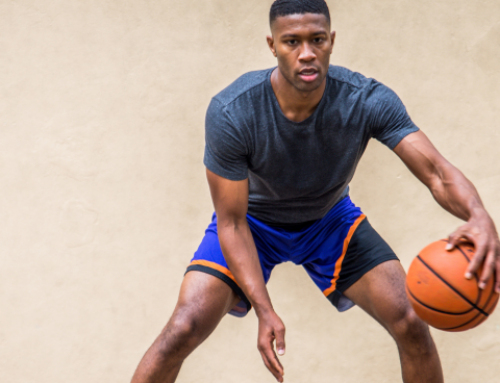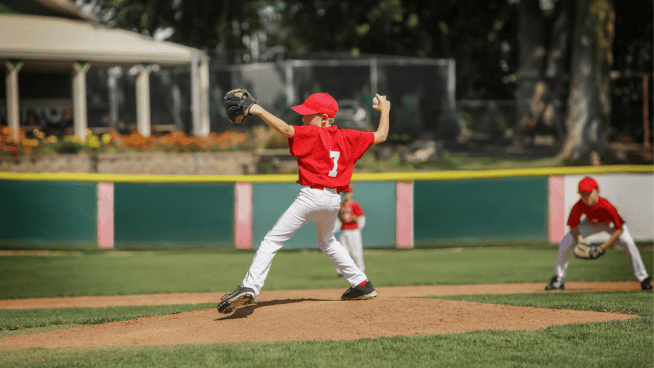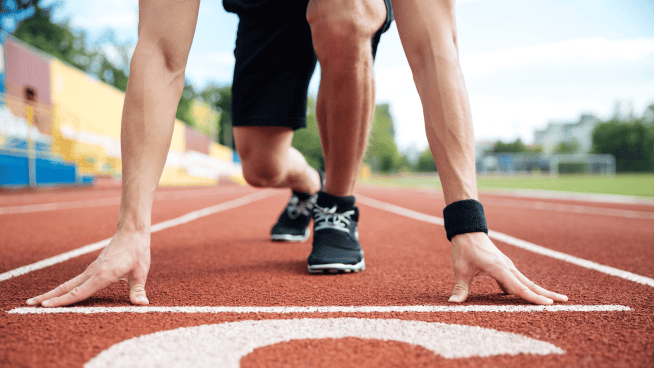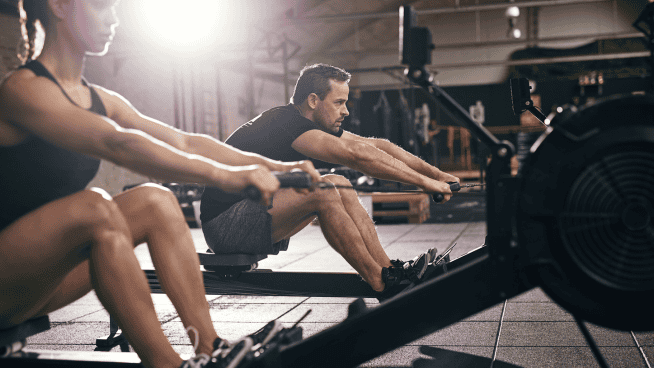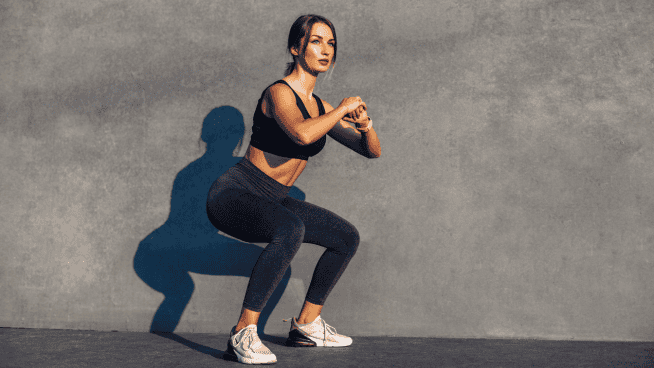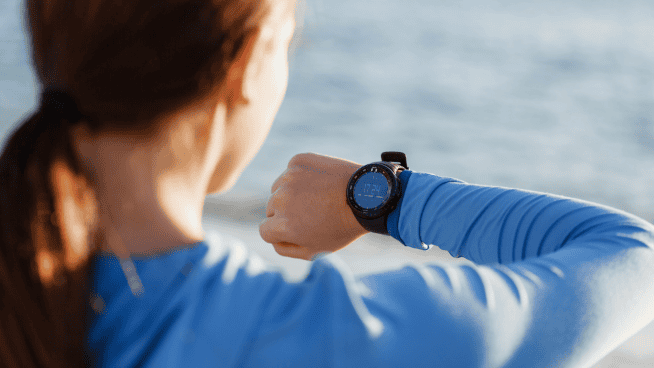Training Tips to Prevent Basketball Injuries
Basketball injuries can derail a season, but you can take steps to prevent them and hasten recovery.
1. Pay attention to your nutrition needs
Athletes have different nutrition requirements based on their size, gender, sport and health. Female athletes, for instance, need to pay more attention to their iron, zinc and calcium levels to maintain proper energy and to prevent bone fractures.
But everyone needs good carbs and proteins. For carbs, forgo refined sugar in favor of fruits.
And don’t be scared of an unadorned slab of red meat, especially after competition. It’s a good source of protein, iron and zinc. Lean white-meat chicken is another great source of protein. Pre-game protein options include peanut butter, nuts and protein shakes if they contain low amounts of sugar.
2. Get enough sleep
A recent study presented at the American Academy of Pediatrics (AAP) National Conference and Exhibition noted that lack of sleep (fewer than 8 hours) leads to a higher risk of injury in adolescent athletes. And the higher the athlete’s grade level, the greater the likelihood of injury—2.3 times greater for each additional grade in school.
3. Establish an injury prevention program
Injury prevention programs involve skills necessary to protect joints. These programs are best done as a warm-up, which is necessary for high level competition anyway and should include:
Jumping mechanics training: This should be a balanced approach, beginning with two legs and moving to single-leg jumps.
Landing mechanics training: Training for landing should begin with modest heights and progress from landing in place to more dynamic weight acceptance in the form of broad jumps and single-leg jumps forward, backward and laterally. Landing should distribute weight equally among the ankle, hip and knee.
Change-of-direction technique: Any time an athlete changes direction, even while dribbling a basketball, the hips should move. Lowering the hips controls the force of the knees. Stable ankles allow for more explosion with cuts, and even more explosion off the dribble.
Ankle stability movements: The simplest way to improve ankle stability is to bear weight while on your feet. Performing the dynamic movements of heel-walking and toe-walking while dribbling a basketball forward, backward and laterally will help you maintain the necessary strength in your ankles all season.
Balance training: Options include eyes open single-leg pass drills; eyes closed single-leg dribbling drills; and standing on a towel on one leg while dribbling with your eyes closed.
Hip mobility: Should be part of a dynamic warm-up that includes bodyweight Squats, Lunges (forward, backward and lateral), Single-Leg Romanian Deadlifts and Pistol Squats.
4. Do in-season strength training
A safe, time-efficient and productive in-season program can take as little as 20 minutes twice a week.
Players should aim to reach their physical peak at the end of the season to be at their best for the playoffs.
Focus on core stabilization, shoulder strength, bodyweight strength, resistance with multi-joint exercises and single-leg strength training.
Exercises
- Pull-Ups
- Push-Ups
- Bulgarian Split Squats
- Trap Bar Deadlifts
- Planks in multiple planes
- Shoulder stabilization exercises: Face Pulls, Lat Pulls, Single Arm Rows, Dumbbell Rows, T,Y,I Series
Keep it simple and maintain a fast pace.
5. Work in time for recovery
Sleep is one facet. Here are some other recovery methods:
Cold tub: Relaxes exhausted muscles and gives you the opportunity to decompress after a game or a long week of practice.
Hydration: Recovery of fluids is very important in basketball, which requires so much sprinting. Hydrate with water during the game and after.
Tending to nagging injuries: Care for chronic injuries during the season.
Mental recovery: Focus on other important aspects of your life—family, schoolwork and volunteer projects—to take your mind off the game. Stay caught up on your schoolwork so you don’t add to the stress of competition.
[cf]skyword_tracking_tag[/cf]RECOMMENDED FOR YOU
MOST POPULAR
Training Tips to Prevent Basketball Injuries
Basketball injuries can derail a season, but you can take steps to prevent them and hasten recovery.
1. Pay attention to your nutrition needs
Athletes have different nutrition requirements based on their size, gender, sport and health. Female athletes, for instance, need to pay more attention to their iron, zinc and calcium levels to maintain proper energy and to prevent bone fractures.
But everyone needs good carbs and proteins. For carbs, forgo refined sugar in favor of fruits.
And don’t be scared of an unadorned slab of red meat, especially after competition. It’s a good source of protein, iron and zinc. Lean white-meat chicken is another great source of protein. Pre-game protein options include peanut butter, nuts and protein shakes if they contain low amounts of sugar.
2. Get enough sleep
A recent study presented at the American Academy of Pediatrics (AAP) National Conference and Exhibition noted that lack of sleep (fewer than 8 hours) leads to a higher risk of injury in adolescent athletes. And the higher the athlete’s grade level, the greater the likelihood of injury—2.3 times greater for each additional grade in school.
3. Establish an injury prevention program
Injury prevention programs involve skills necessary to protect joints. These programs are best done as a warm-up, which is necessary for high level competition anyway and should include:
Jumping mechanics training: This should be a balanced approach, beginning with two legs and moving to single-leg jumps.
Landing mechanics training: Training for landing should begin with modest heights and progress from landing in place to more dynamic weight acceptance in the form of broad jumps and single-leg jumps forward, backward and laterally. Landing should distribute weight equally among the ankle, hip and knee.
Change-of-direction technique: Any time an athlete changes direction, even while dribbling a basketball, the hips should move. Lowering the hips controls the force of the knees. Stable ankles allow for more explosion with cuts, and even more explosion off the dribble.
Ankle stability movements: The simplest way to improve ankle stability is to bear weight while on your feet. Performing the dynamic movements of heel-walking and toe-walking while dribbling a basketball forward, backward and laterally will help you maintain the necessary strength in your ankles all season.
Balance training: Options include eyes open single-leg pass drills; eyes closed single-leg dribbling drills; and standing on a towel on one leg while dribbling with your eyes closed.
Hip mobility: Should be part of a dynamic warm-up that includes bodyweight Squats, Lunges (forward, backward and lateral), Single-Leg Romanian Deadlifts and Pistol Squats.
4. Do in-season strength training
A safe, time-efficient and productive in-season program can take as little as 20 minutes twice a week.
Players should aim to reach their physical peak at the end of the season to be at their best for the playoffs.
Focus on core stabilization, shoulder strength, bodyweight strength, resistance with multi-joint exercises and single-leg strength training.
Exercises
- Pull-Ups
- Push-Ups
- Bulgarian Split Squats
- Trap Bar Deadlifts
- Planks in multiple planes
- Shoulder stabilization exercises: Face Pulls, Lat Pulls, Single Arm Rows, Dumbbell Rows, T,Y,I Series
Keep it simple and maintain a fast pace.
5. Work in time for recovery
Sleep is one facet. Here are some other recovery methods:
Cold tub: Relaxes exhausted muscles and gives you the opportunity to decompress after a game or a long week of practice.
Hydration: Recovery of fluids is very important in basketball, which requires so much sprinting. Hydrate with water during the game and after.
Tending to nagging injuries: Care for chronic injuries during the season.
Mental recovery: Focus on other important aspects of your life—family, schoolwork and volunteer projects—to take your mind off the game. Stay caught up on your schoolwork so you don’t add to the stress of competition.
[cf]skyword_tracking_tag[/cf]


